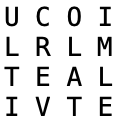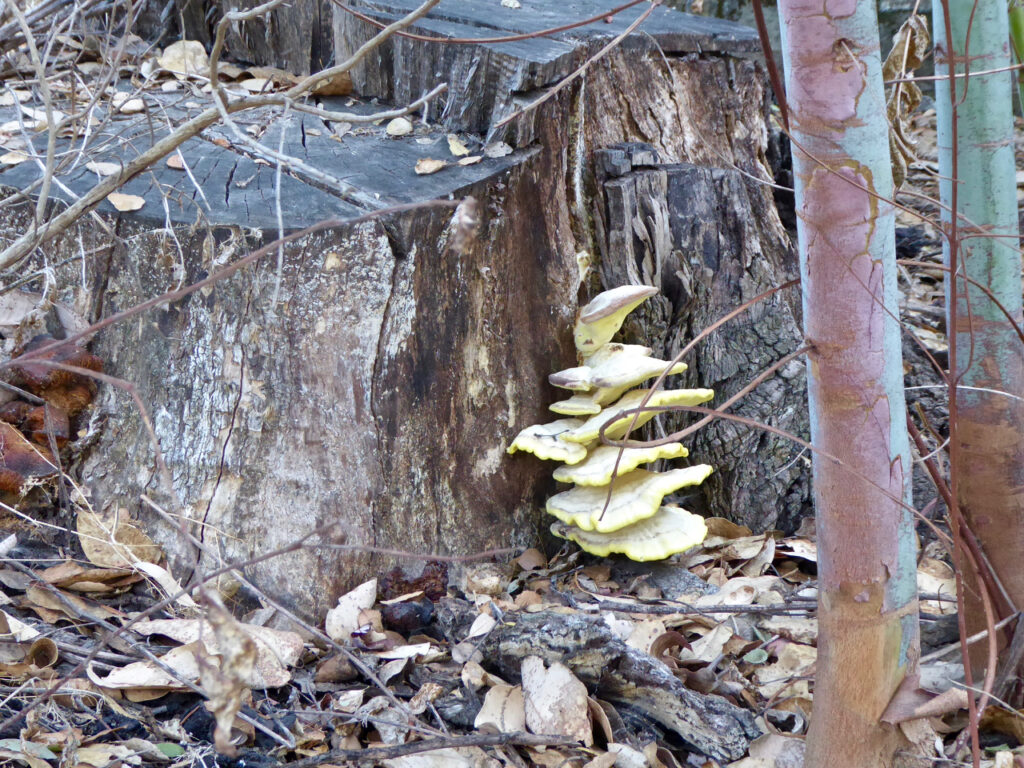The Bay Area Sacred Harp (BASH) singing community has been using Jamulus to sing together online, in four part harmony, in real time. The big problem with trying to sing online together is that the Internet has built-in “latency,” or lag time. Jamulus is free open source software that minimizes latency to allow people to make music together in real time.
Last night, we had eight singers logged in to our Jamulus server, including two singers from Southern California. And it finally felt like we’re getting the hang of how to do this.
We started experimenting with Jamulus back in June, and since mid-August we’ve been singing twice a month, so this is our seventh regular meeting. Singing online requires several adjustments on the part of singers. First you have to get used to the Jamulus platform, including watching your volume level, adjusting the volume levels of other singers, etc.
Beyond the technical learning curve, there’s also a musical learning curve. You have to get used to the fact that you have no visual cues, so instead of watching someone beating time you have to maintain a very sure sense of the tempo. You also have to get used to the fact that there’s more lag time than when singing in person; in person, you can rely on another singer by listening to them and following a split second behind, but singing online has just enough lag time that you have to be exactly on the beat (or even the tiniest bit ahead). In short, you have to be very confident of your part.
No, it’s not as good as singing in person. But because of the pandemic, singing in person simply isn’t possible. This is the best alternative; and really, given how good it feels to be able to sing with others, it’s a pretty good alternative.
I’ll continue after the jump with more technical details.
Continue reading “Using Jamulus to sing online in real time”






